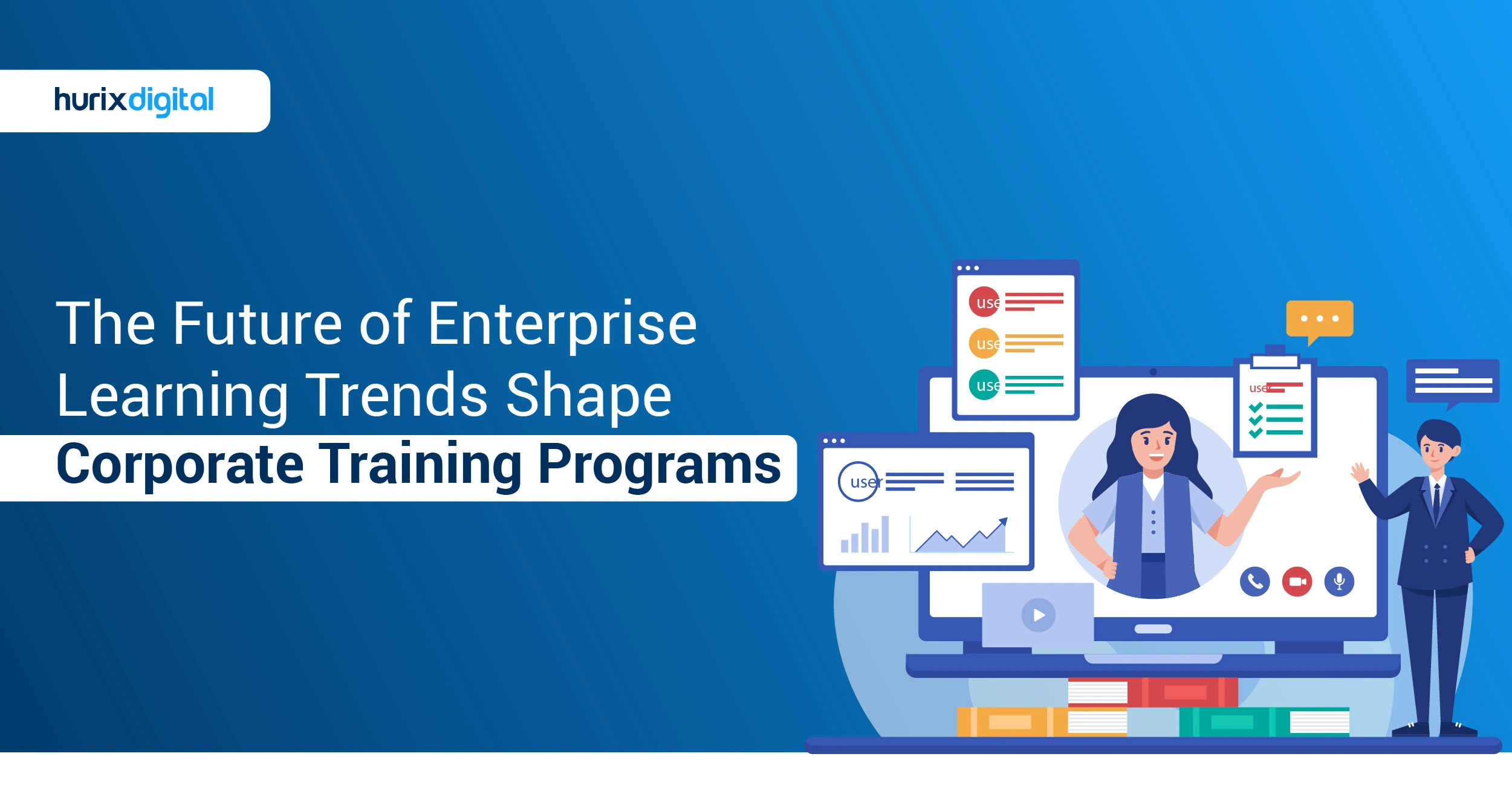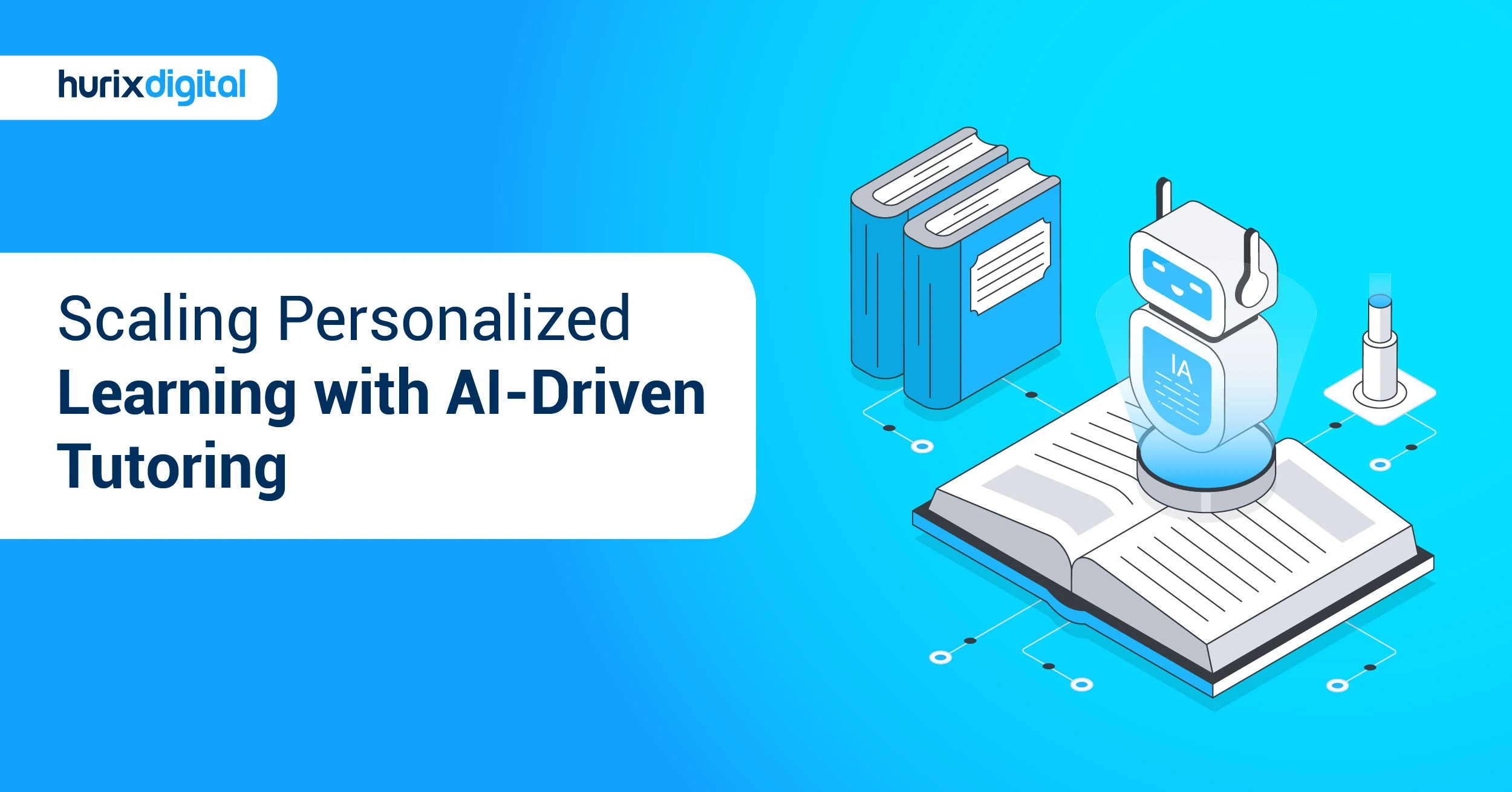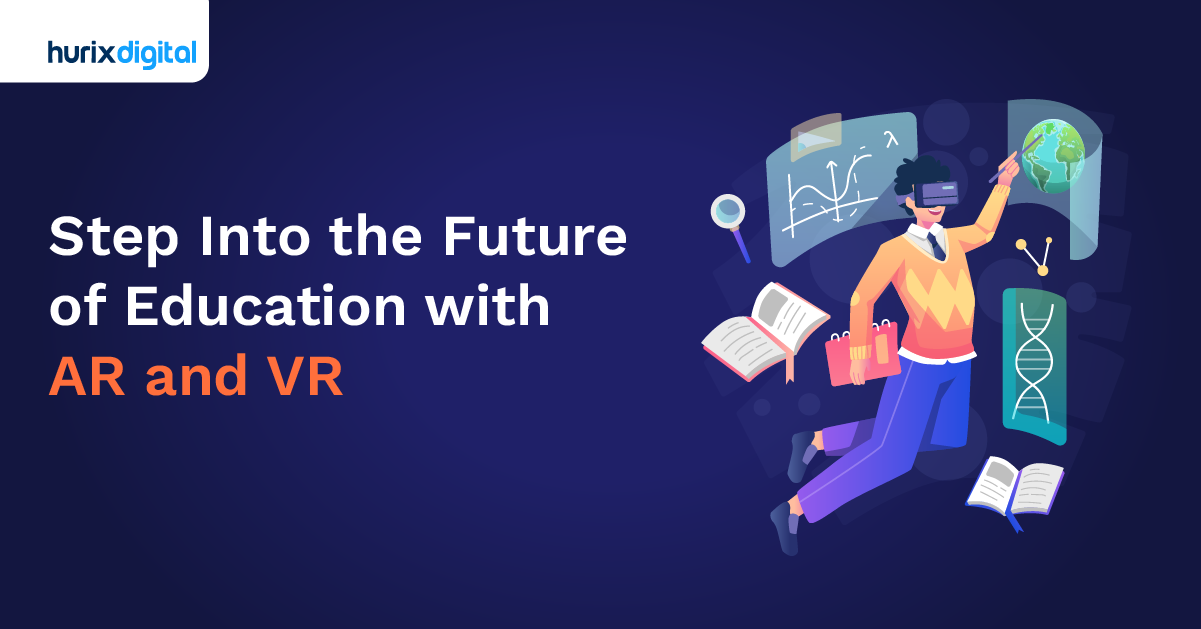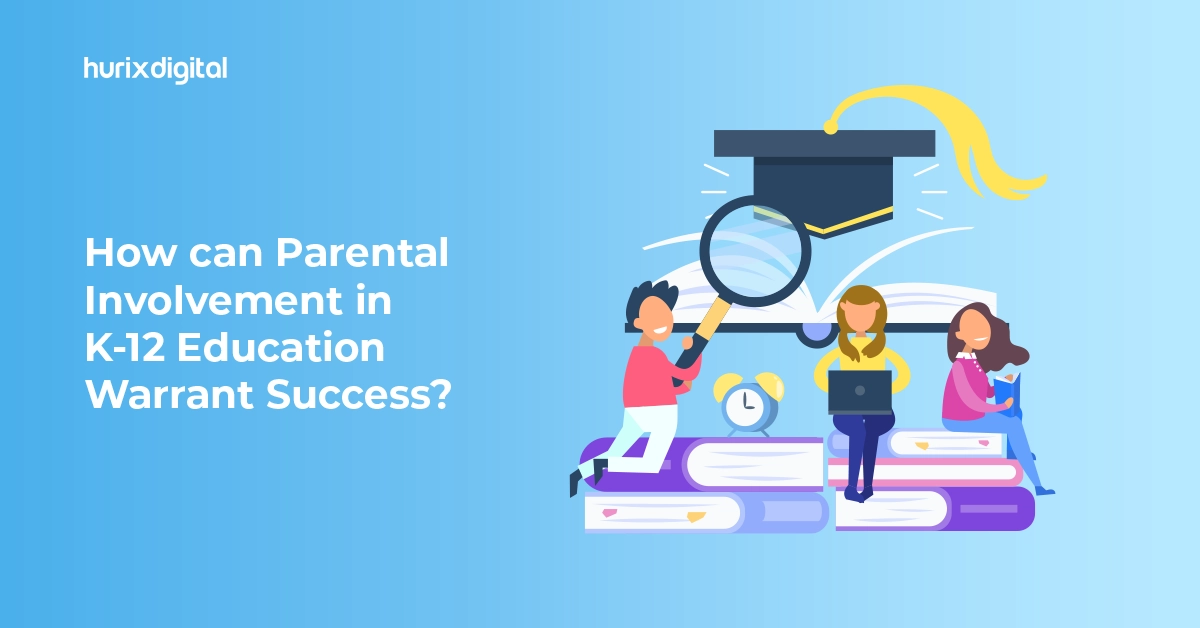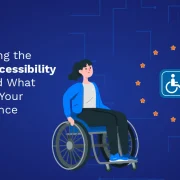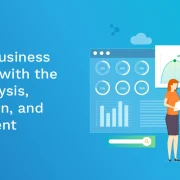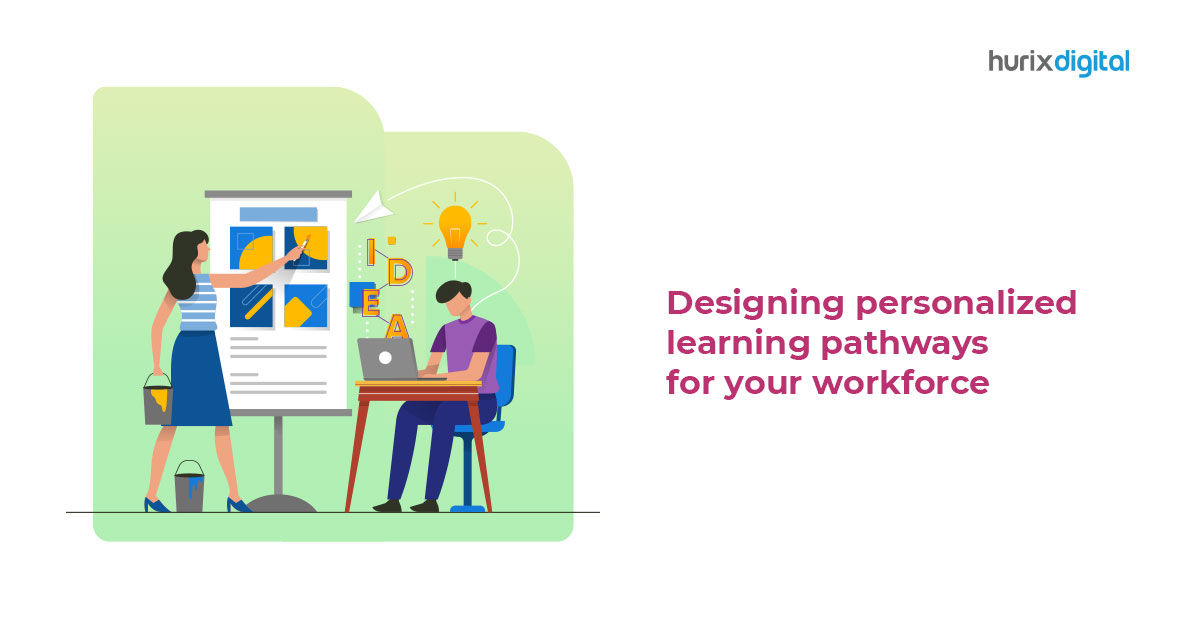
Designing Personalized Learning Pathways for your Workforce
Summary
This article discusses how to create personalized learning pathways for your workforce, enabling tailored development plans that align with individual and organizational goals.
Personalized learning pathways are becoming increasingly popular in workplace learning and development, as organizations recognize the importance of providing targeted and relevant training to their employees. With the help of modern technologies such as learning management systems and artificial intelligence, it is now possible to create highly personalized learning experiences that can meet the needs of individual learners at scale.
What are personalized learning pathways?
Personalized learning pathways are customized learning journeys that are designed to meet the individual needs, preferences, and learning styles of each learner. Rather than providing a one-size-fits-all approach to learning, personalized learning pathways allow learners to progress through a series of learning activities that are tailored to their specific needs and goals.
Personalized learning pathways typically involve a combination of different learning modalities, such as e-learning courses, webinars, workshops, coaching sessions, and on-the-job training. These activities are sequenced in a logical and coherent manner, with each stage building on the previous one and leading to the achievement of specific learning outcomes.
How do personalized learning pathways help individuals?
The main advantage of personalized learning pathways is that they enable learners to take ownership of their learning and development. By allowing learners to choose the content and activities that are most relevant and interesting to them, personalized learning pathways can increase engagement, motivation, and retention of learning. They can also help learners to progress through a series of learning stages or modules that build on one another.
Thoughtfully designed learning pathways can help to close skill gaps and address individual learning needs, leading to improved performance and productivity.
To illustrate this concept, let’s consider the example of two employees at a packaged foods producer. The first employee has recently joined the sales team and is responsible for selling the company’s products to retailers and distributors. The second employee has been with the organization for 10 years and is a territory manager responsible for overseeing sales in a specific geographic area.
For the new sales employee, their learning pathway might begin with an onboarding program that provides an overview of the company’s products, sales processes, and customer base. They might then progress to more in-depth training on sales techniques, product knowledge, and customer relationship management. This learning pathway could include a combination of e-learning courses, webinars, coaching sessions with a sales manager, and on-the-job training.
For the more experienced territory manager, their learning pathway might focus on developing leadership skills and enhancing their strategic thinking abilities. This could include attending leadership training programs, engaging in mentorship or coaching sessions, and participating in industry conferences and events to stay up-to-date with the latest trends and developments in the market. Their learning pathway might also include opportunities to mentor and train new sales employees, allowing them to share their expertise and develop their coaching and mentoring skills.
By designing learning pathways tailored to the needs of individual employees, organizations can ensure that their workforce has the knowledge, skills, and competencies they need to succeed in their roles and drive business performance. Learning pathways can help to create a culture of continuous learning and development, enabling employees to acquire new skills and knowledge throughout their careers and support their organization’s growth and success.
Laying the foundation for personalized learning pathways
Personalized learning pathways require some groundwork at the organizational level. Without this groundwork, the foundation for personalized learning pathways will be weak and the benefits of this approach will not be realized. If you are planning to design and implement personalized learning pathways in your organization, here are some of the key steps to consider:
- Define the learner groups: The granularity at which you create the learner groups will determine the depth and extent personalized learning pathways. For example, if all your learning programs cater to employees at all levels, personalized learning pathways are not possible. On the other hand, if you target audience belongs to a specific functional area with a specific level of expertise, it is possible to create personalized learning specific to their needs.
- Conduct Learning Needs Assessment: For the defined learner groups, conduct a needs assessment to understand their learning needs and to identify areas where training and development are needed. This assessment should identify knowledge gaps, skill deficiencies, and competency requirements and should be used to inform the development of personalized learning pathways.
- Define Learning Objectives: Once the training needs assessment for each learner groups is completed, organizations should define clear learning objectives for each learner group. These objectives should be aligned with the employee’s role, the organization’s goals, and the specific skills and knowledge required to perform their job effectively.
- Curate Existing Learning Material: Deep dive into the existing learning material available to the employees to determine which material can be used as-is, which material needs to be updated, and which material needs to be designed from scratch.
- Determine the Learning Modalities: For the content that needs to be updated or designed from scratch, determine the best learning modalities for the targetted learner groups. This could include classroom-based training, e-learning, on-the-job training, coaching, mentoring, or a combination of these modalities. It’s important to consider the learner group’s preferences, work atmosphere, context, and availability when determining the best approach.
- Create a Personalized Learning Plan: With the training needs assessment, learning objectives, and learning modalities in mind, you can then create a personalized learning plan for each learner group. This plan should be tailored to the group’s specific learning needs, taking into account their role, skill level, and career goals.
- Track and Evaluate Progress: Finally, remember to track and evaluate the progress of each learner group as they work through their personalized learning plan. This will help to identify areas where additional support or training may be needed and ensure that the learning pathways are effective in meeting the needs of the learner group.
How personalized can personal learning journeys be?
With advancements in technology, data analytics, and artificial intelligence, it is now possible to collect and analyze large amounts of data about learners, including their learning styles, interests, strengths, weaknesses, and performance history. This data can then be used to create highly personalized learning journeys that adapt to the learner’s individual needs and progress.
Personalized learning journeys can take many forms, such as:
- Adaptive learning paths that adjust content and activities based on the learner’s performance and progress.
- Individualized assignments and assessments that align with the learner’s interests, strengths, and weaknesses.
- Personalized feedback and coaching to provide learners with targeted guidance and support.
- Customized learning resources and materials that cater to the learner’s learning style and preferences.
- Flexible pacing that allows learners to learn at their own speed and convenience.
However, it’s worth noting that personalized learning journeys require significant resources, including time, expertise, and technology, to be effective. Moreover, they may not be feasible for all types of learning experiences or all learners, depending on factors such as budget, infrastructure, and learner diversity. Therefore, it’s important to carefully consider the goals, needs, and constraints of your learning program before deciding on the level of personalization to pursue.
Looking to design personalized learning experiences for your workforce? We can help you chalk out a long-term strategy customized to your needs. Contact marketing@hurix.com for further details.

